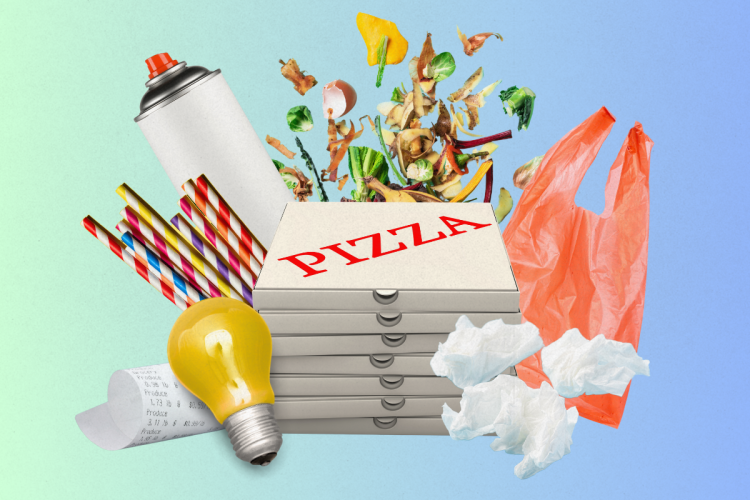Not sure where your batteries, glow sticks or pizza boxes go? This guide sorts the weird stuff so you don’t have to.
We’ve all been there – staring blankly at the bins, pizza box in hand, unsure if it’s destined for recycling heaven, green waste or landfill hell.
You want to do the right thing, but recycling confusion is real. Thankfully, South Australia has one of the best recycling rates in the country, and we’re here to help you keep it that way.
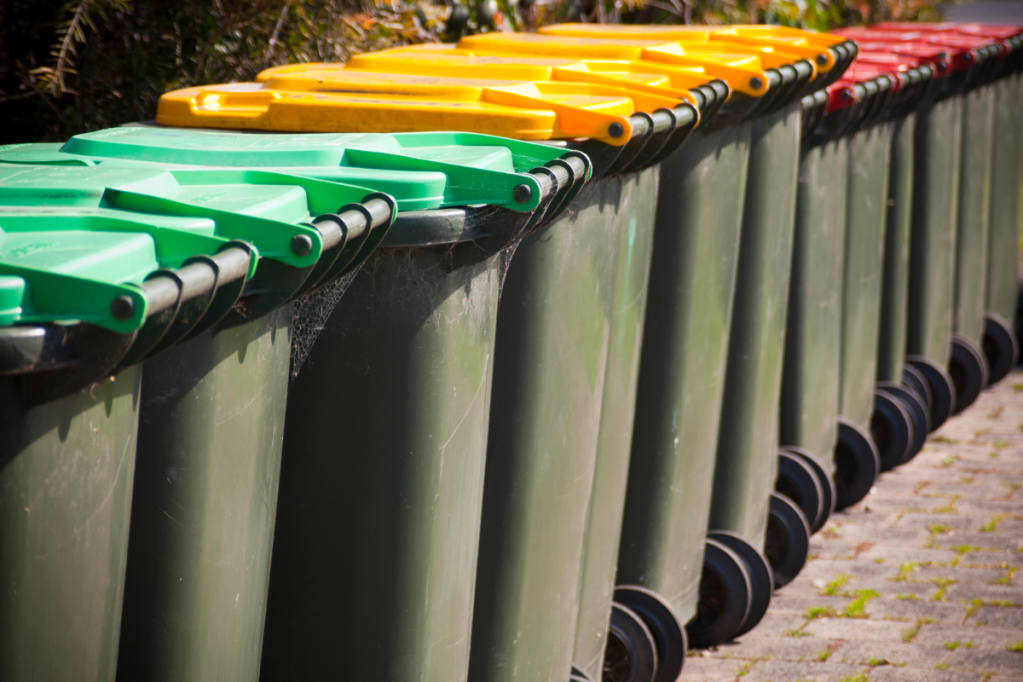
Why should we care?
Think about this: South Australians send around 1 million tonnes of waste to landfill each year. Yikes.
When waste is disposed of incorrectly, it doesn’t just clutter up our beautiful state – it pollutes the environment, causes dangerous fires, and wastes resources that could be recycled or reused.
Proper disposal isn’t just about being an eco-warrior; it’s about saving our planet (and your neighbourhood bin truck) from fires sparked by batteries or other risky items.
And, as Matt Scales from Green Industries SA points out, it’s about saving dollars too.

“The average person’s landfill bin is half full of food or organic material that’s 100% recyclable and 100% useful for farmers and growers and all we need to do is swap it from the landfill bin to the green bin,” he says.
“For every dollar councils spend sending your food waste to landfill, it would cost them about 30 to 60 per cent less to send it to composting. That’s money that they could otherwise spend on playgrounds, footpaths or jetties.”
It’s one of the reasons Green Industries SA has just launched its latest Which Bin SA campaign targeting food waste.
“If we can just change people’s habits even a tiny amount so they use their green bin more, it would have a big impact.
“Organic waste from our food and garden gets recycled by great South Australian companies and turned into compost, which helps our farmers and helps our soil quality – it’s a win-win for everyone.”
South Australians have one of the highest recycling rates in the country – with 82.3 per cent of waste being diverted from landfill and recovered for reuse – thanks largely to everyday legends like you sorting rubbish the right way. Let’s keep it that way!

Quick bin refresher
You probably know your bins pretty well by now, but here’s a quick refresher just in case:
- Green lid (organics): Food scraps, garden waste, compostable stuff.
- Yellow lid (recycling): Paper, cardboard, glass bottles, cans, and certain plastics.
- Red or blue lid (landfill waste): Everything else that can’t be recycled or composted.
Still unsure? Go online and ask Vin, the friendly face behind the Which Bin SA campaign. His mission is to take the guesswork out of recycling with a smile.
You can even catch him in his online videos, sharing quick tips and busting recycling myths.
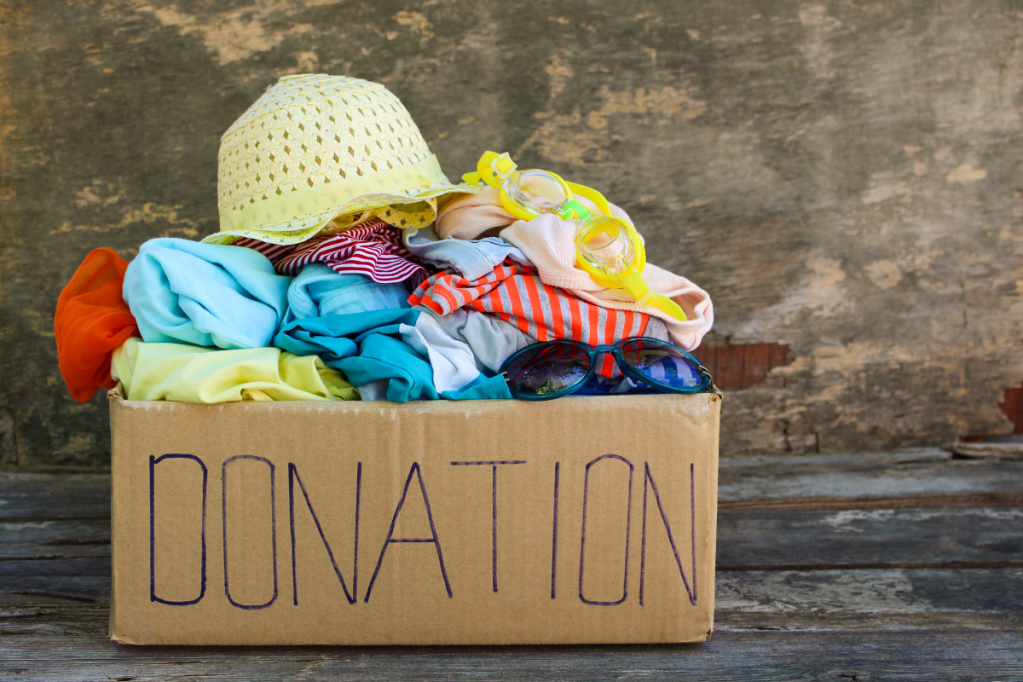
The A-Z waste disposal cheat sheet
Here’s a quick, handy guide for common – and not so common – items people often wonder about:
- Aerosol cans: Empty cans, with lids removed, can be placed in your yellow bin (the lids can be recycled too!). For spray cans that aren’t empty, take them back to your nearest free Household Chemicals and Paint Drop-Off location.
- Batteries: Binning batteries can cause fires – instead, take these hazardous waste items to be recycled at a free B-cycle drop-off point.
- Clothing items: If clothing items (including shoes and accessories) are still in good condition, these should be responsibly donated to a charity op shop. Items not worthy of donation could be reused for cleaning rags, or put in the landfill bin. Green Industries SA is also partnering with local councils and charities on a special textiles donation event, Set Your Clothes Free, on 24 May. Find out more here.
- Dead animals: Small dead animals like mice, birds or rats can be placed in the green bin if your council composts.
- Eye glasses: These don’t belong in the bin – there are people who can use them! Donate them to a glasses recycling program to be refurbished for those in need.
- Foil: Clean aluminium foil? Scrunch it into a ball and place it in the yellow recycling bin. Dirty or greasy foil should go into the red or blue landfill bin.
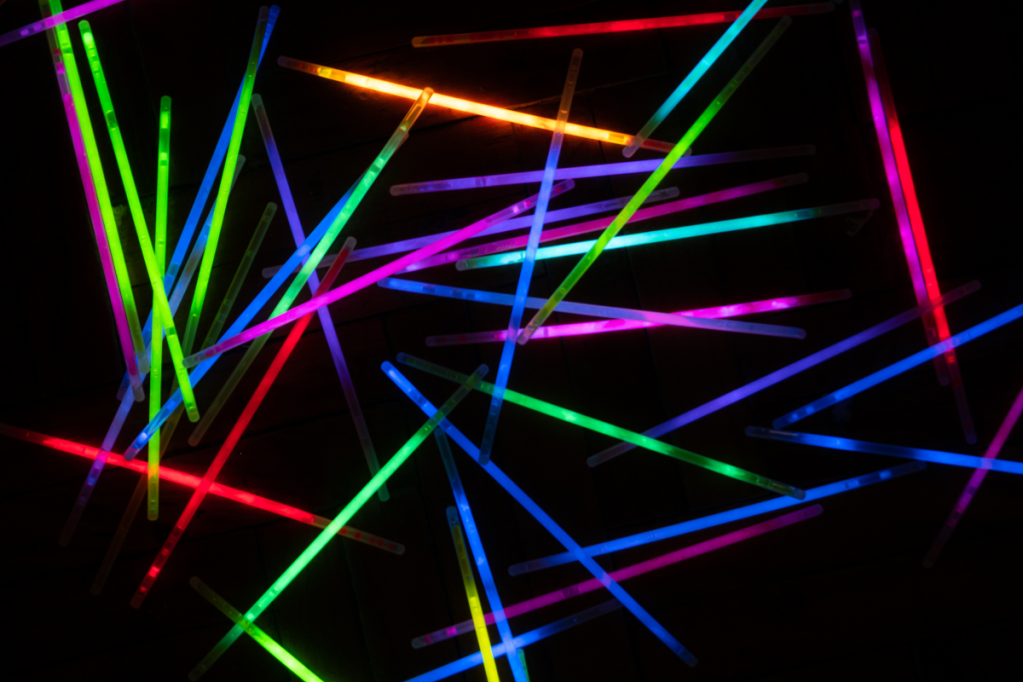
- Glow sticks: Glow sticks contain chemical solutions to create the glowing effect, and are not suitable for recycling. They should be placed in the red or blue landfill bin.
- Hair: Surprisingly compostable. Toss both human and pet hair into the green organics bin.
- Ice cream tubs (plastic): Rinse them and place them in the yellow recycling bin – same for all plastic food containers and bottles: Think yoghurt, butter, sauce and dip containers.
- Kitty litter: If it’s certified compostable (AS 4736), it can go into the green organics bin. Otherwise, it’s the red landfill bin for this one.

- Light globes: Take them to your nearest Mitre 10 or Ikea for recycling.
- Mobile phones: All mobile phones no matter how old have very valuable rare earth metals in them and these don’t belong in the bin. Mobile Muster accepts all brands and types of mobile phones, plus their batteries, chargers and accessories. Find a drop-off location here.
- Nappies: Regardless of labels like ‘biodegradable’ or ‘compostable’, nappies belong in the landfill bin.
- Oil (cooking or motor): Don’t pour it down the drain or into any bin. Check your local council website for drop-off points, or take it to an automotive service store like Super Cheap Auto for free recycling (restrictions apply).
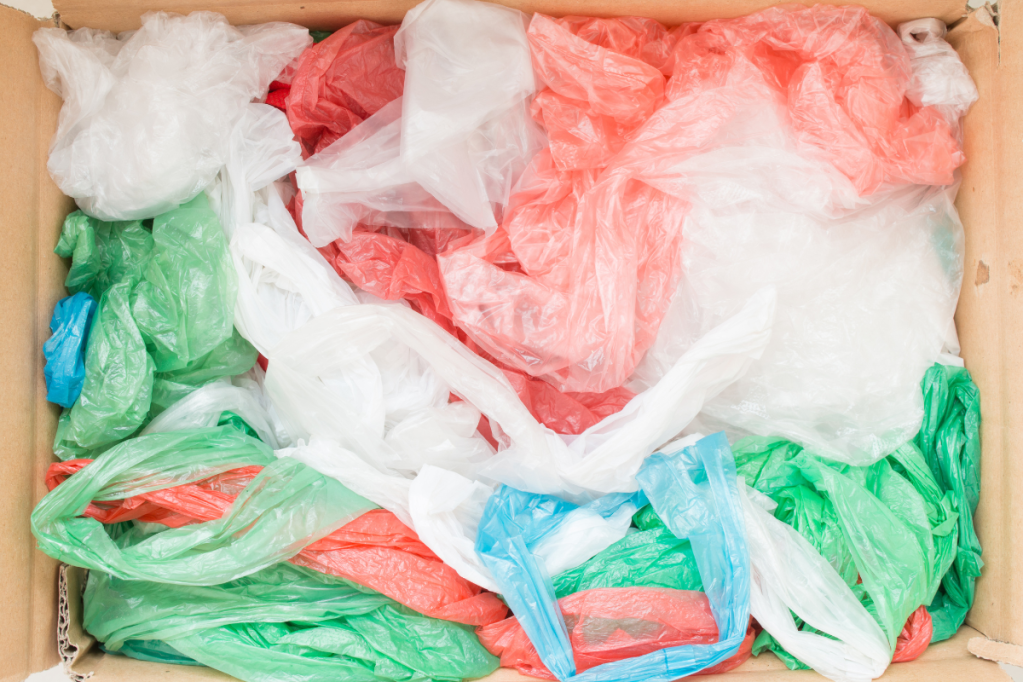
- Plastic bags and wrapping: Also known as ‘soft plastics’, these include bubble wrap, Glad Wrap, food and package wrappers. They can’t be recycled through kerbside bins. Place them in the landfill bin, or opt for less packaging.
- Retail receipts: These go in the landfill bin. All receipts are printed on a plastic composite that contains BPA, so they can’t be recycled. Say no to receipts, or opt for digital receipts.
- Straws (disposable): Plastic disposable straws are banned in SA, so your disposable straw is made from paper, rice, pasta, wheat, grass, rye, or seaweed. That means it can go in the green organics bin.
- Tissues: Most councils accept tissues and paper towels in your green organics bin – so don’t put them in the waste bin unless you have to.
- Vegetables: Always in the green organics bin if possible. If your council doesn’t provide you with a green bin, then you’ll have to put them in the red or blue landfill waste bin.
- Wine corks: Any wine or champagne cork can be recycled through the ReCork recycling program at Dan Murphys.
- X-Rays: These don’t belong in a bin. They can only be recycled through specialised recycling services or through most doctor’s offices or surgeries.
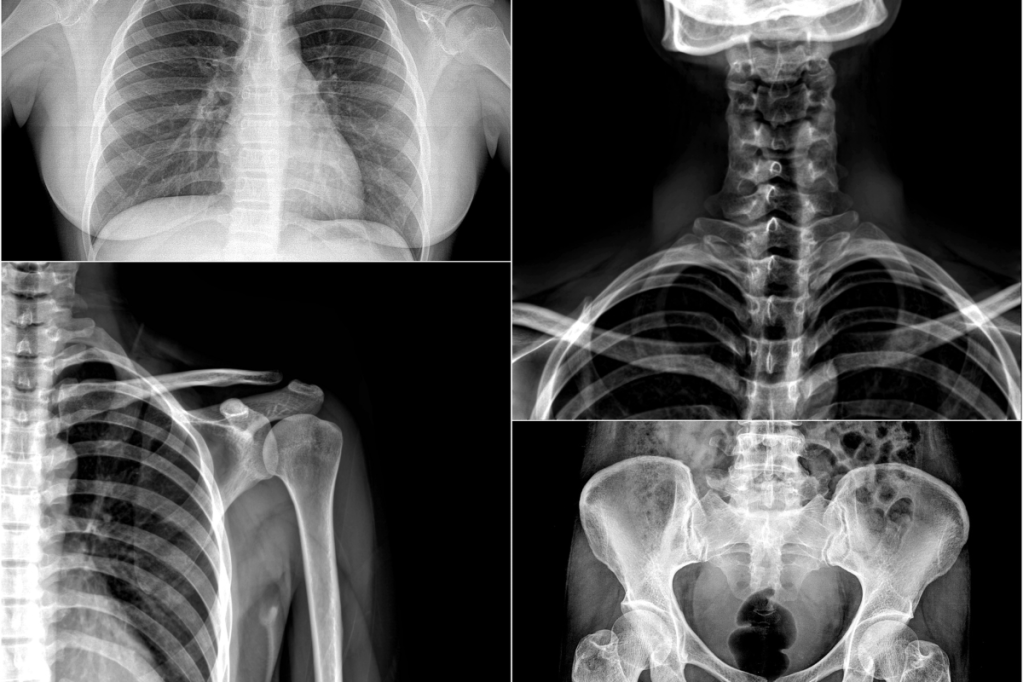
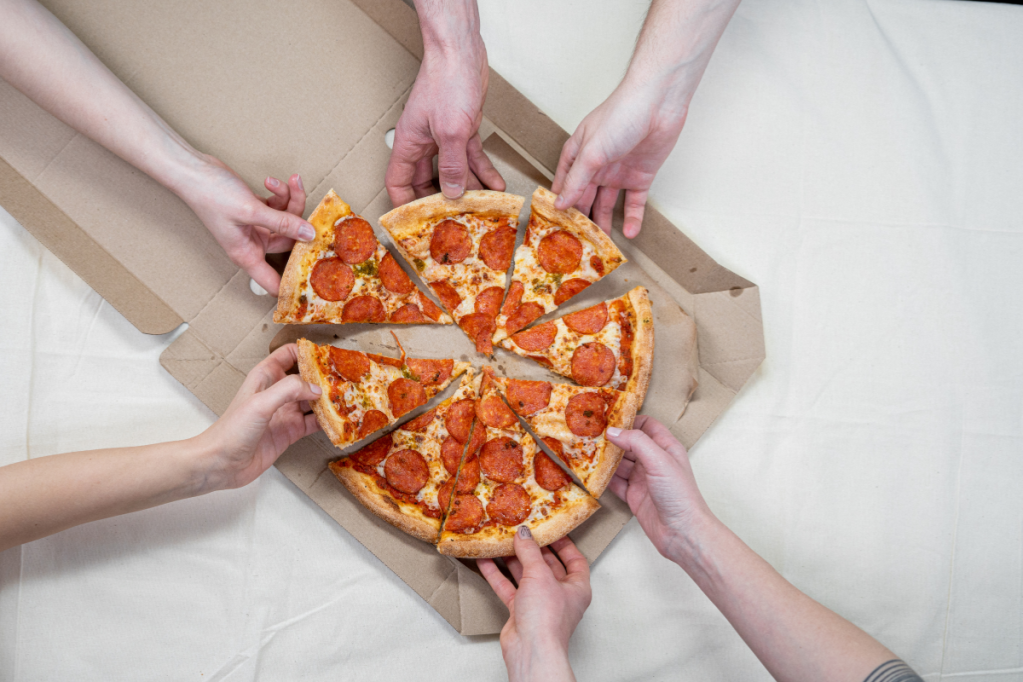
Rapid-fire recycling myth-busting
- “Pizza boxes can’t be recycled, right?”
Yes they can. Clean boxes go in the yellow bin. If they’re greasy or cheesy, they can go in your green organics bin.
- “Can I toss batteries in one of my bins?”
Never. No batteries in any bin, ever. Binning batteries can cause fires – instead, take these hazardous waste items to be recycled at any B-Cycle drop-off point.
- “Plastic bags in recycling are okay, aren’t they?”
No they’re not. Soft plastics clog recycling machinery. They go in the landfill bin. Or reuse them if you can.
When in doubt, head to Which Bin SA. Simply type in your suburb and item, and you’ll get instant, no-nonsense advice from Vin himself. Recycling couldn’t be simpler (or friendlier).


